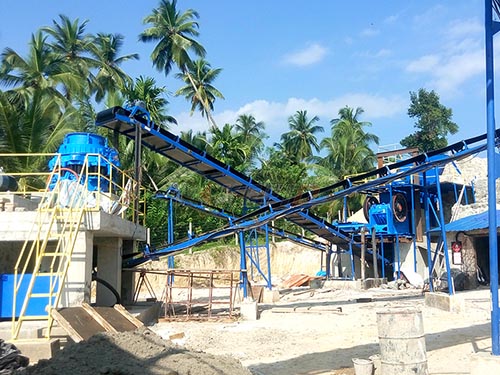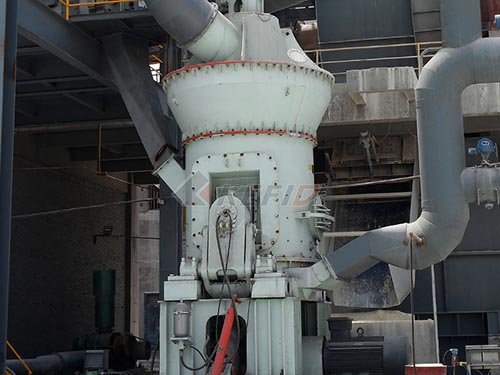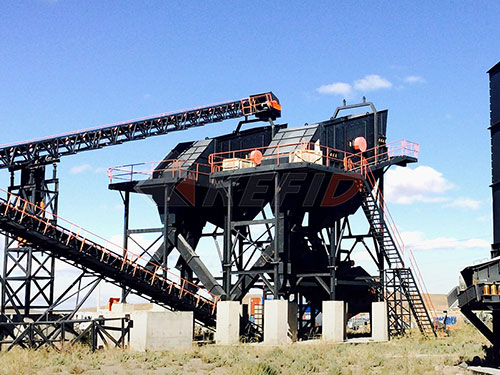The Unseen Powerhouse: Delving Deep into the Crusher Cylinder
Within the thunderous heart of industrial mineral processing plants, quarries, and recycling facilities lies a machine synonymous with raw power: the crusher. These mechanical behemoths reduce mountains of rock, concrete slabs, and demolition debris into manageable aggregates essential for construction and manufacturing. While jaws, cones, rotors, or hammers capture the visual spectacle of fragmentation, a critical component operates largely unseen yet is fundamental to their function – the Crusher Cylinder. This hydraulic actuator is far more than just a push-pull device; it is the linchpin of force application, adjustment precision, overload protection, and ultimately, crushing efficiency.

Beyond Simple Motion: The Core Functions
At its most basic level, a hydraulic cylinder converts fluid power under pressure into linear mechanical force and motion. In crushers – whether jaw crushers with their oscillating plates or gyratory crushers with their central shafts – cylinders serve several indispensable roles:
1. Setting Adjustment & Cavity Control: Perhaps the most frequent operation demanding cylinder intervention is adjusting the discharge setting – the gap between crushing surfaces that determines final product size.
Jaw Crushers: Here (especially in modern designs), hydraulic cylinders directly control the position of the toggle plate(s) or even directly move one jaw relative to the other. Adjusting cylinder stroke changes the closed-side setting instantly.
Gyratory Crushers: A main shaft cylinder lifts or lowers the entire shaft assembly vertically within its housing (the spider). This precise vertical movement directly alters the gap at the bottom of the crushing chamber.
Cone Crushers: Similar to gyratories but often employing multiple cylinders for different functions. Hydraulic cylinders control both adjustment ring height (setting main shaft position/crushing gap) and clamping force on threads holding components together.

Impact Crushers: While less common for primary adjustment due to their design philosophy relying on rotor speed/hammer configuration/hydraulic apron settings might be controlled by cylinders for finer tuning under load.
2. Overload Protection & Tramp Release: Crushing encounters unpredictable hazards – uncrushable objects (“tramp metal”) like bucket teeth or large steel fragments can enter unexpectedly.
Safety Valves Embodied: Crusher cylinders are uniquely integrated with sophisticated hydraulic safety circuits.
Pressure Relief: When crushing forces exceed preset limits due to tramp material or severe bridging/stalling

Leave a Reply